
Manufacturer's Specifications
Phono Preamplifier Section
Input Impedance: 47 kilohms.
Input Capacitance: Selectable at 30, 130, or 360 pF.
Gain: 35 dB.
RIAA Accuracy: ±0.1 dB from 30 Hz to 15 kHz.
Input Level: 2 mV.
Channel Separation: 65 dB at 1 kHz.
THD at 2.0-V Output: At 20 Hz, 0.05 percent; at 1 kHz, 0.01 percent; at 20 kHz, 0.015 percent.
Input Stage Acceptance Level, 1 kHz (See Text): 1200 mV rms.
Input Stage Acceptance Level, RIAA Pre-emphasized 500-Hz Square Wave and 1-uS Rise Time: 3700 mV p-p.
Input Sine Wave Overload Level: 140 mV at 1 kHz.
S/N (New IHF): 72 dB.
Maximum Output Level: 7 V rms at 1 kHz and 20 kHz.
Line Amplifier Section
Rated Output: 2.0 V rms.
Gain: 20 dB.
Frequency Response: 20 Hz to 20 kHz, ±0.05 dB; 0.5 Hz to 80 kHz, ±3.0 dB.
S/N: 87 dB, "A" weighted.
THD, 20 Hz to 20 kHz: 0.012 percent maximum.
IM Distortion: 0.012 percent maximum.
Maximum Output Level: 9 V rms.
Treble Control Range: +9 to-12 dB at 15 kHz.
Bass Control Range: ±12 dB at 20 Hz.
Subsonic Filter: -3 dB at 18 Hz,-20 dB at 5 Hz.
General Specifications
Power Requirements: 120 V, 50/60 Hz, 9 W.
Dimensions: Rack panel version, 19 in. (475 mm) W x 31 in. (87.5 mm) H x 12 in. (300 mm) D; silver panel version, 18 in. (450 mm) W.
Weight: 13 lbs. (5.91 kg).
Price: $595.00.
My first encounter with Robert Grodinsky, President of RG Dynamics, Inc., was when he developed a rather unusual dynamic expander which he sold to Pioneer. I sensed then that Grodinsky's future lay not in designing and selling de signs to other companies, but in producing and selling them himself. It wasn't long after that Mr. Grodinsky formed his own company which manufactured a dynamic range expander whose performance surpassed, by far, that of the earlier model which had been designed on behalf of Pioneer.
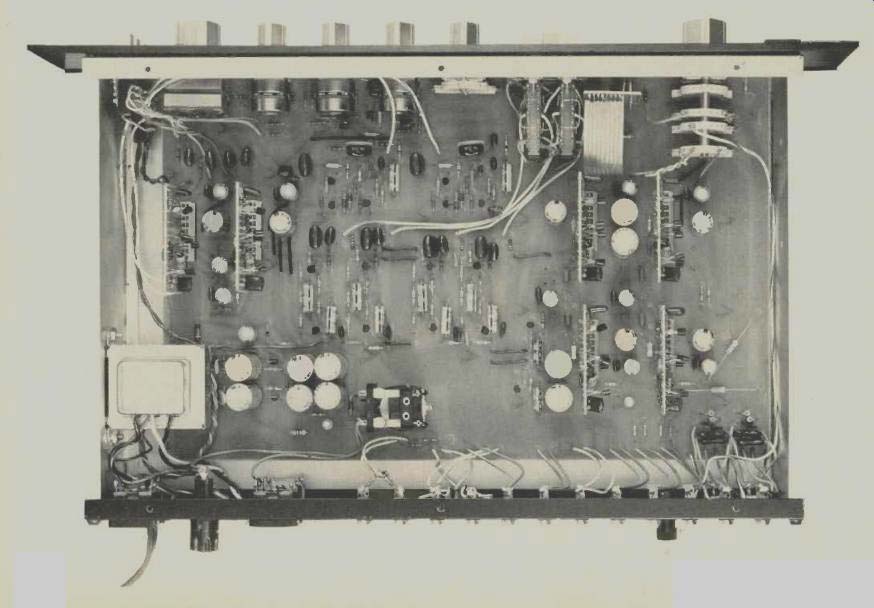

Now RG Dynamics, still very much under the engineering direction of Bob Grodinsky, has come up with a new preamplifier that incorporates his ideas concerning phono preamplifier overload problems and their elimination, as well as his research into time-related distortion and its elimination. More about these concepts shortly.
The preamplifier in question is called the RG Dimension 3, or D-3 for short. Its front panel controls are intelligently laid out and their number suggests that the unit is mid-way be tween the so-called straight-wire-with-gain approach and the no-holds-barred philosophy of preamplifier-control unit design. The selector switch at the left has Phono 2, Phono 1, Tuner, and AUX positions. Note that even this arrangement has been carefully thought out, in that the two most often used program sources, Phono 1 and Tuner, are assigned to adjacent switch positions on the selector, avoiding the need to switch through unused positions in most cases. Illuminated LEDs indicate which program source is in use, including a pair of LEDs associated with the four nearby rectangular push buttons that control two tape monitoring and two-way dubbing functions. A mode switch, with settings for mono, stereo, reverse, left-only or right-only comes next, followed by bass and treble tone controls, the balance control and a large master volume control. The three push buttons to the right of the volume control are for activating a subsonic filter, bypassing tone controls, and applying power to the unit. Actually, calling the last button a power switch is a bit of a misnomer. The circuitry of the RG D-3 remains on continuously so long as its line cord is plugged into a power receptacle. RG Dynamics elected this approach to maintain circuit stability and to reduce noise. Power consumption is less than six watts when the "power" switch is off.
Flanking the line fuseholder on the rear panel of the D-3 are a total of five a.c. convenience outlets, two unswitched and three switched. Clearly delineated jack clusters which follow include a double pair of main outputs, in-and-out jacks for any sort of external add-on processor (expander, noise reduction unit, etc.) with an associated slide switch that provides access to this "loop" or bypasses it with jumper action, Tape-1 and Tape-2 in-and-out jacks, and the AUX, Tuner, Phono-1 and Phono-2 input jacks. Below each pair of phono jacks is a three-position slide switch enabling the user to load the phono cartridge with either 30, 130, or 360 pF of parallel capacitance (over and above the capacitance that will normally be contributed by the phono cartridge audio cables). In the well-written owner's manual supplied with the RG D-3, there is a list of 28 turntable manufacturers, 15 makers of separate tonearms, and 19 manufacturers of popular phono cartridges, along with recommended capacitance values for the cartridges and known wiring capacitances for the tonearms or complete turntable systems.
A block diagram of the RG D-3 is shown in Fig. 1. According to the company, the unit's circuitry is a new topology (for which patents are pending); the design goal was to handle the most difficult peak signals of wideband phono cartridges without introducing peak distortion or TIM. One of the techniques used in the design is passive high-frequency de-emphasis between the two stages of wideband linear amplification. The manufacturer indicated that this minimizes any peak handling problems in the second preamp stage and in all subsequent stages. Although sine wave overload quoted for the preamp is fairly typical (140 mV at 1 kHz), peak over load claimed is up to 30 dB better than with typical preamp circuits.
Measurements
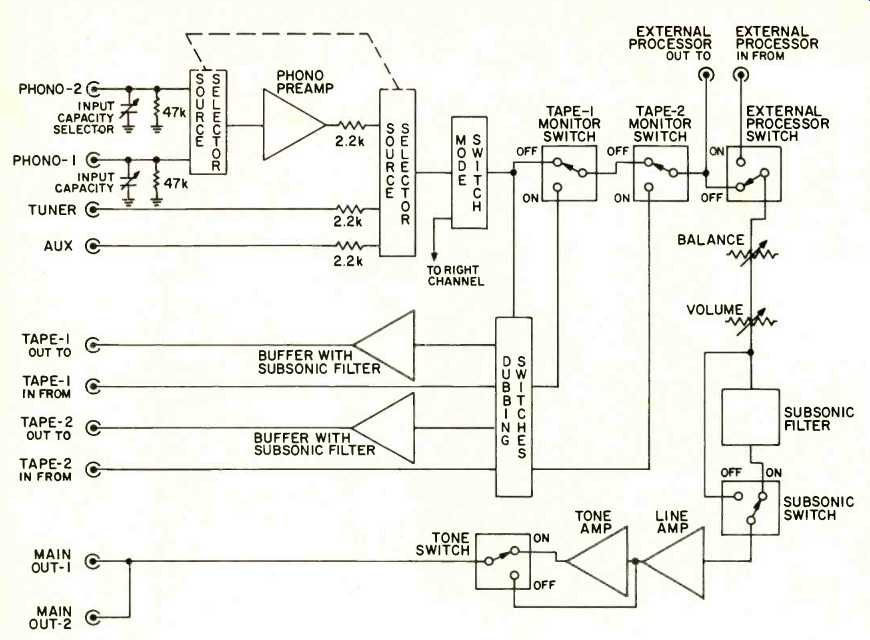
Fig. 1--Left-channel circuitry of the RG D-3; right- channel circuitry is identical
except where noted.
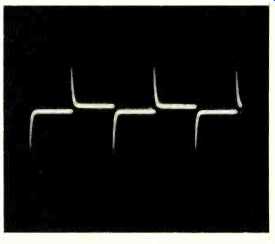
Fig. 2--Test signal used by RG Dynamics is an RIAA compensated 500-Hz
square wave.
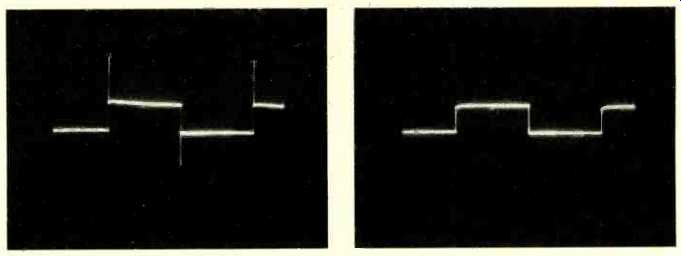
Fig. 3--Fed with test signal of fig. 2, conventional preamp exhibits
overshoot spikes at output. Fig. 4--Phono preamp of D-3 unit exhibits
no over shoot spikes when test signal of Fig. 2 is applied.
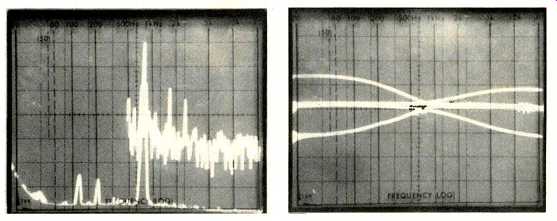
Fig. 5--Dual sweep spectrum analyzer display showing the most significant
harmonic distortion component as 90 dB below the fundamental 1-kHz reference
signal. Fig. 6--Range of tone controls in the RG Dynamics D-3 preamp.
In the course of developing this circuitry, RG Dynamics came up with a special test signal which we have duplicated and shown in Fig. 2. This test signal is nothing more than a 500-Hz square wave, RIAA pre-emphasized, and band limited to 60 kHz, for the-3 dB roll-off point. Rise time is approximately 1 NS. With no overload or time-domain problems, a phono preamplifier having RIAA playback equalization should be able to reproduce this signal at its output as a near perfect square wave. In our tests, we adjusted the amplitude of the signal for slightly more than 3.5 V peak-to-peak. Feeding this signal to what we had regarded as our standard lab reference phono preamplifier, we were shocked to discover an output which contained very large overshoot spikes, as shown in Fig. 3. Feeding the same signal through the RG Dynamics D-3 preamp, we obtained an output signal as shown in Fig. 4, with no evidence of any overshoot.
Measuring conventional THD of the phono-preamp section proved to be a bit difficult, since 'scope observations clearly showed that we were reading more noise than THD on our meter-reading distortion analyzer. For the record, the reading was just under 0.01 percent at 1 kHz. By employing the combination of the Sound Technology 1700 distortion analyzer and our Tektronix spectrum analyzer, however, we were able to read actual distortion components which were in fact much lower. As can be seen in Fig. 5, a reference 1-kHz signal is positioned at mid-screen. Using the distortion-output terminal of the Sound Technology instrument, we were able to change the sensitivity of the readings on the spectrum analyzer by 70 dB so that while the two distortion components observed during the second sweep of the analyzer appear to be 20 and 25 dB lower than the reference signal, they are, in fact, 90 and 95 dB lower. (Each vertical division of the display is, worth 10 dB, to which must be added the 70-dB difference in sensitivity between the reference and distortion sweeps of the analyzer). The actual total harmonic distortion, then, consisting primarily of third-order and fifth-order harmonic components, works out to an infinitesimally low 0.00363 percent! THD measurements taken via the high-level (line) inputs of the preamp, for a rated output of 2.0 V, were 0.0065 per cent at 1 kHz, 0.0083 percent at 20 Hz, and 0.012 percent at 20 kHz. SMPTE-IM distortion measured 0.0075 percent. Phono input sensitivity, referred to 0.5-V output and with the master volume control fully open, measured 1.1 mV, while for the high-level inputs it was 64 mV for 0.5-V output. Sine wave phono overload measured 145 mV, or just a bit better than the 140 mV claimed. RIAA equalization was so accurate that we cannot assign a plus-and-minus tolerance to this response characteristic. As for the high-level input, frequency response was flat to within 1 dB from 4.5 Hz to 105 kHz, and within 3 dB from 0.5 Hz to 200 kHz. Signal-to-noise ratio for either set of phono inputs was 75 dB, "A" weighted, referred to 5-mV input and 0.5-V output. For the high-level inputs, the S/N ratio measured 81.5 dB, again referred to 0.5-V output with 0.5-V input. At minimum volume settings, the hum and noise was 87 dB below the 0.5-V output level reference.
Tone control range for the bass and treble controls is depicted in the spectrum analyzer sweep of Fig. 6. Treble boost action is relatively moderate (+9 dB at 15 kHz, as claimed), while bass boost and cut are shelved at approximately ±12 dB from 50 Hz downward to 20 Hz, the lower end point of the spectrum analyzer display. The subsonic filter action began just below the 20 Hz lower audio limit and provided around 20 dB of attenuation in the critical warp-rumble region of 5 Hz.
Listening and Use Tests
I have had two opportunities to listen extensively to the RG Dynamics Model D-3 preamplifier. The first of these was under controlled conditions specified by Grodinsky himself, when he put on a demonstration of the unit for various members of the audio press at the offices of his New York sales representatives. At that time, we compared the sound quality of the D-3 against a fairly popular competitive unit, using a variety of recorded material selected by Grodinsky.
As you might expect, the RG Dynamics unit was a clear winner, both in terms of its large signal handling capability and in absolute musical reproduction terms. With standard recorded fare, the differences in clarity were rather subtle but were nevertheless evident. Grodinsky stresses the importance of actually manually connecting and disconnecting audio component cables when making such comparison tests, pointing out that, in his opinion at least, switches inserted at such low-level signal points can make meaningful comparisons difficult.
Duly impressed, I repeated the comparison tests in my own controlled environment, expecting the differences to be less obvious--if apparent at all. Much to my surprise, the superiority of the D-3 over what I had regarded as my reference phono preamp in the lab was just as obvious with my own selected recordings, most of which were direct-to-disc or digitally mastered. Overall sound was simply cleaner, particularly at the high end where so often we tend to accuse cartridges of being the offenders instead of the mismatch between the cartridge and the preamp.
Grodinsky has joined the mainstream of componentry (his earlier products having been strictly sound processing or add-on devices) with an auspicious and well thought-out preamplifier whose record reproduction capabilities and refinements seem to justify its rather expensive price tag.
-Leonard Feldman
(Source: Audio magazine, May 1980)
Also see:
Rockford Fosgate RF200 Preamp and RF2000 (Jun. 1990)
Revox B286 Tuner/Preamp (Equip. Profile, Dec. 1986)
= = = =